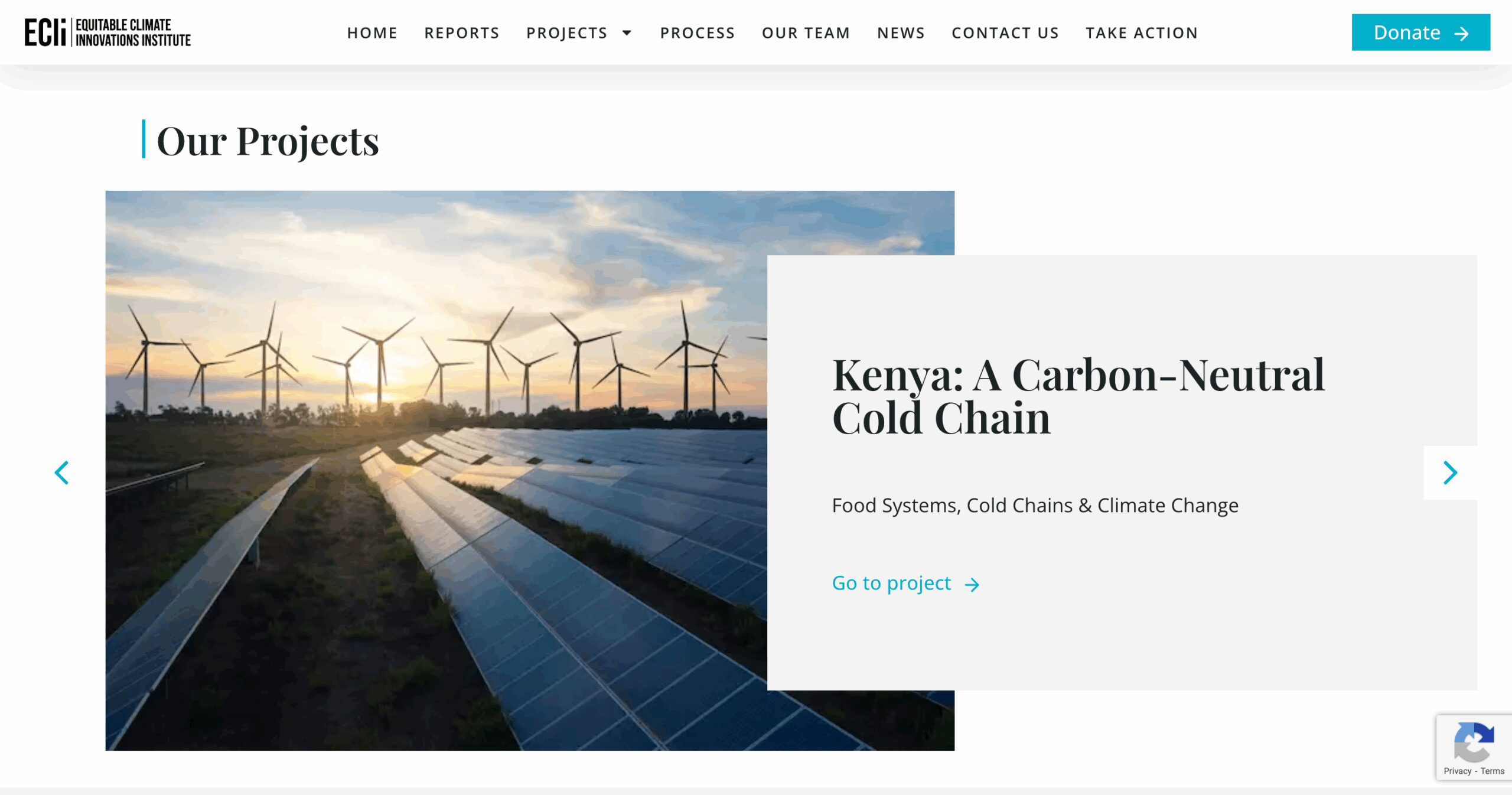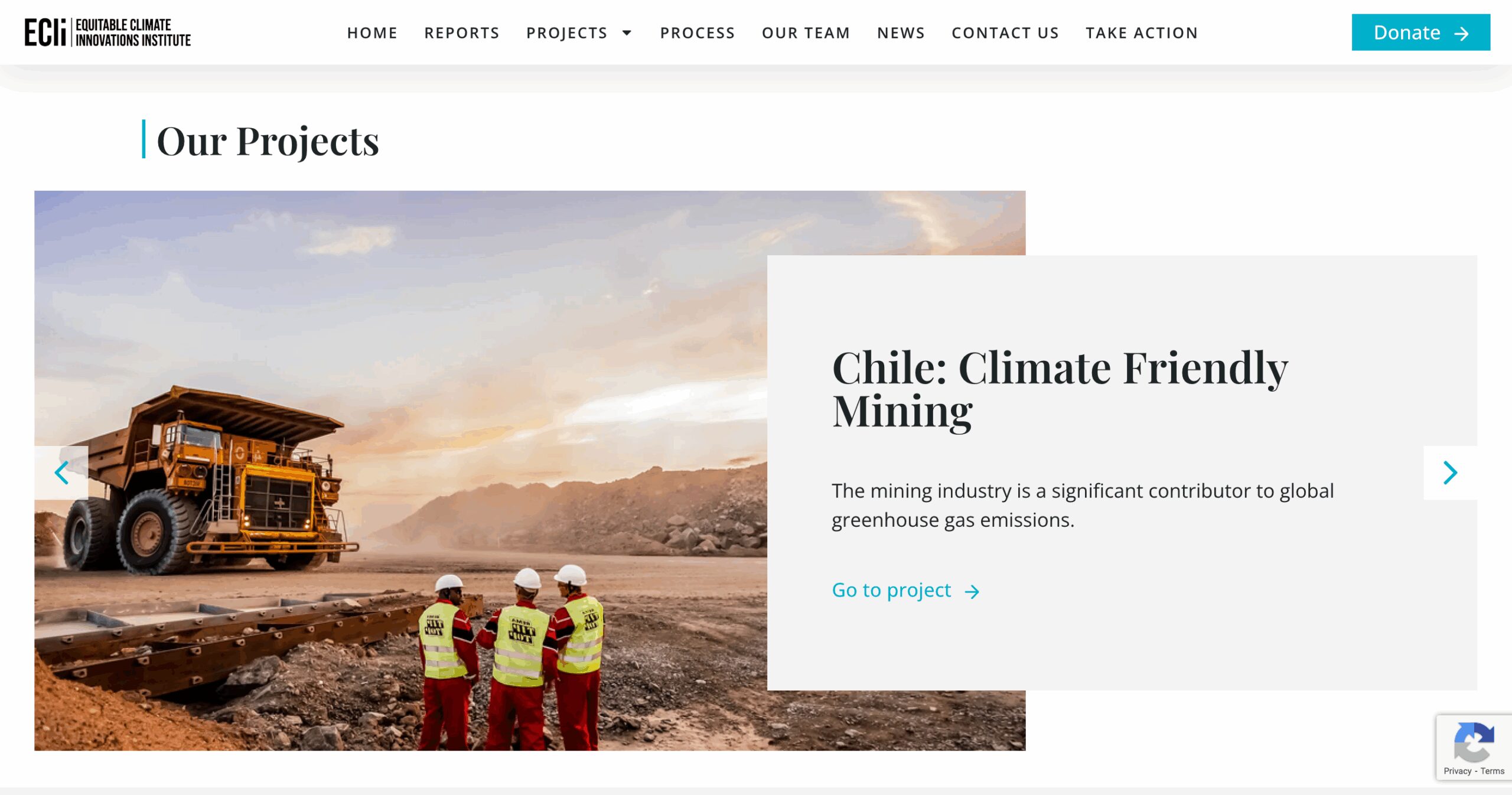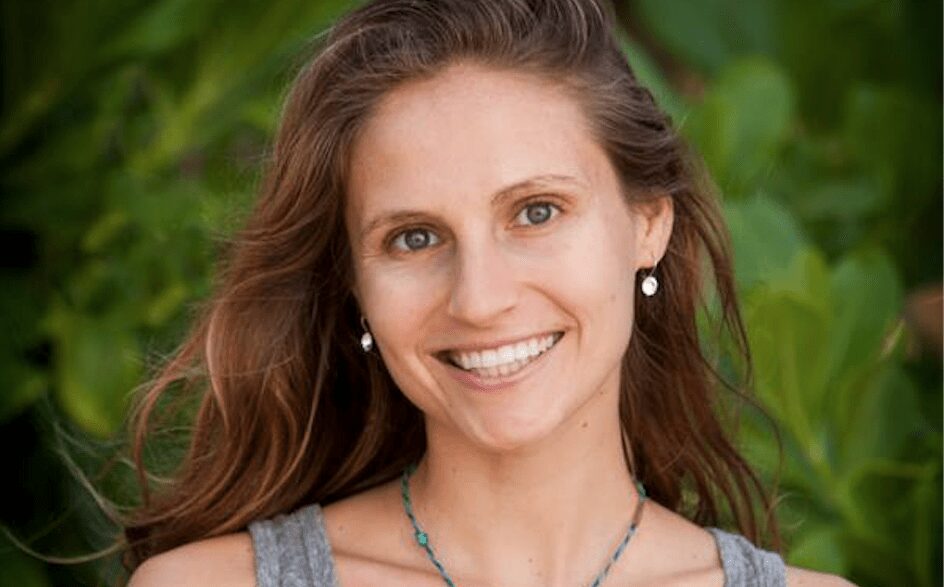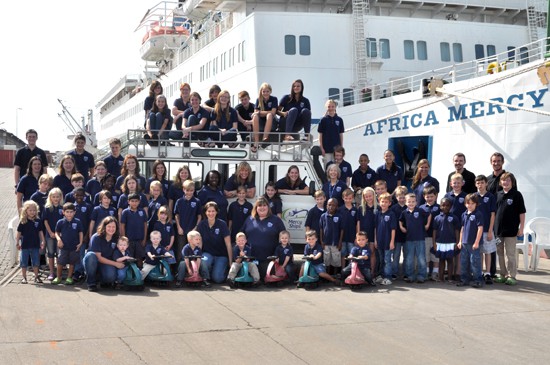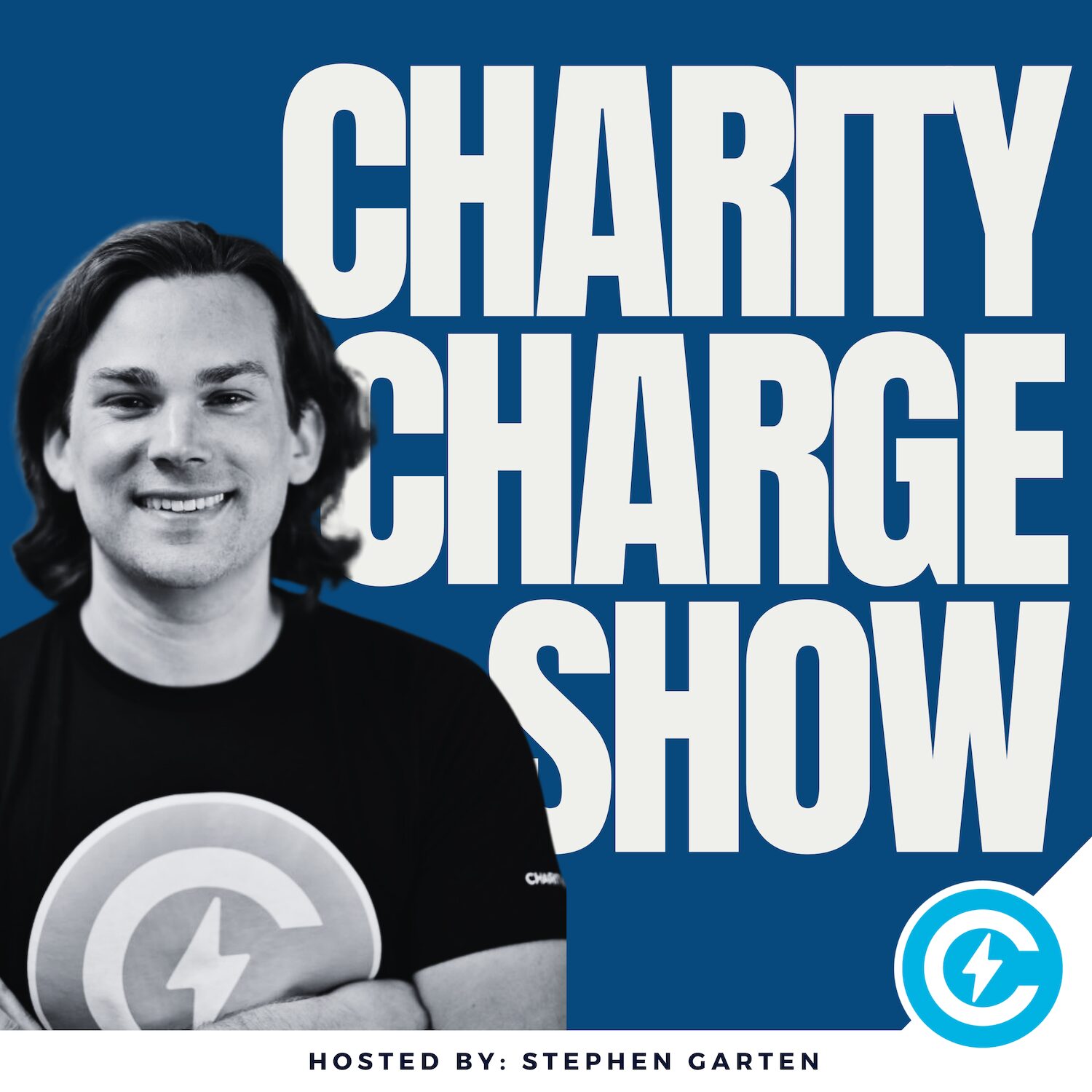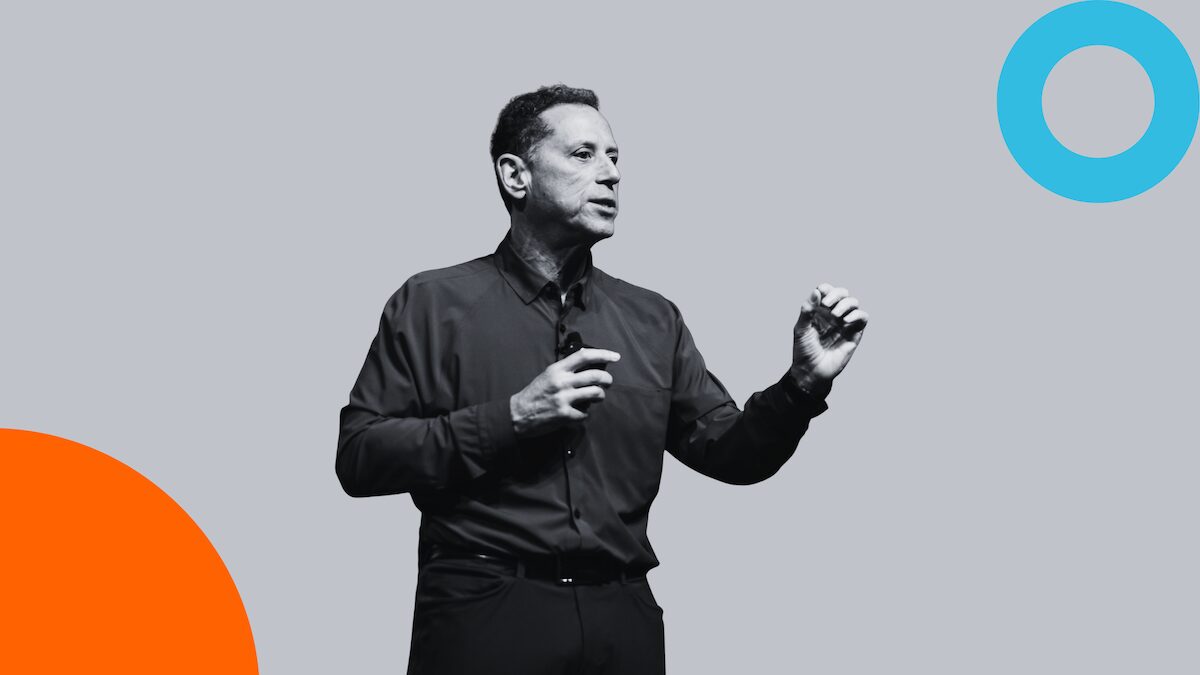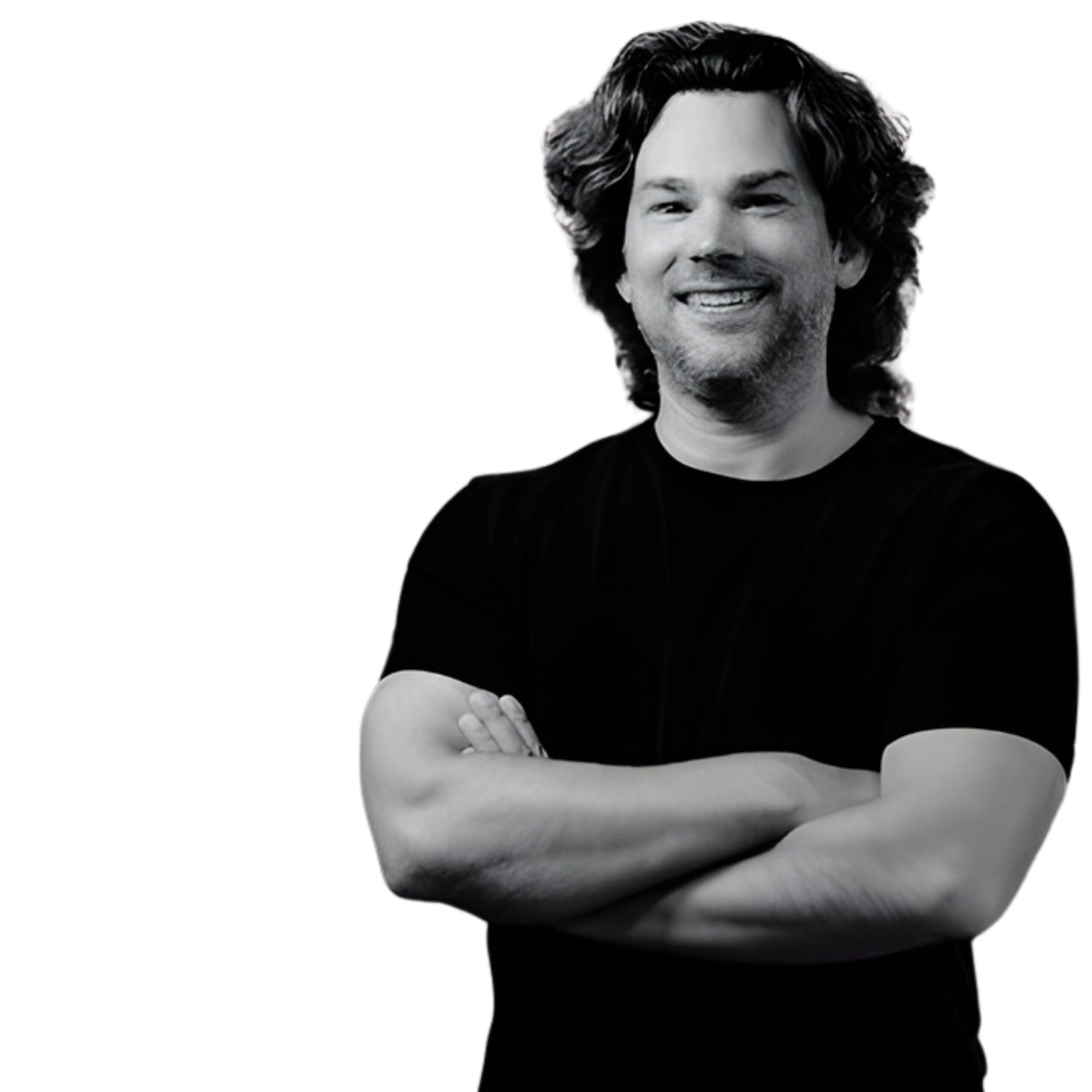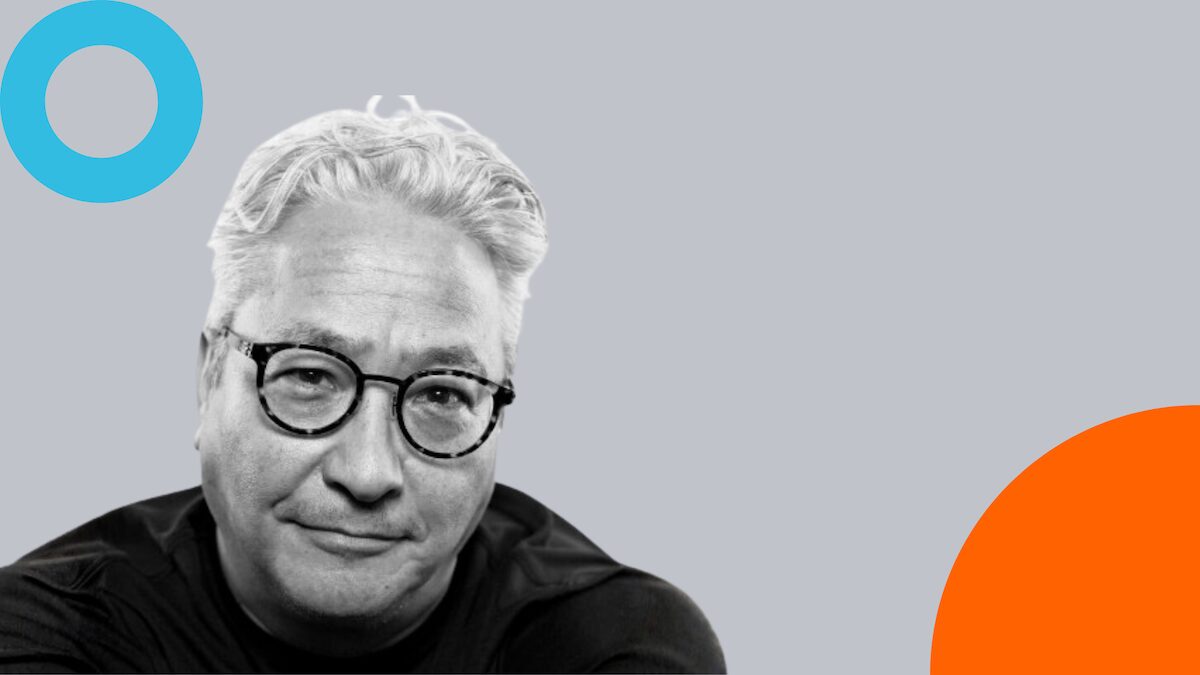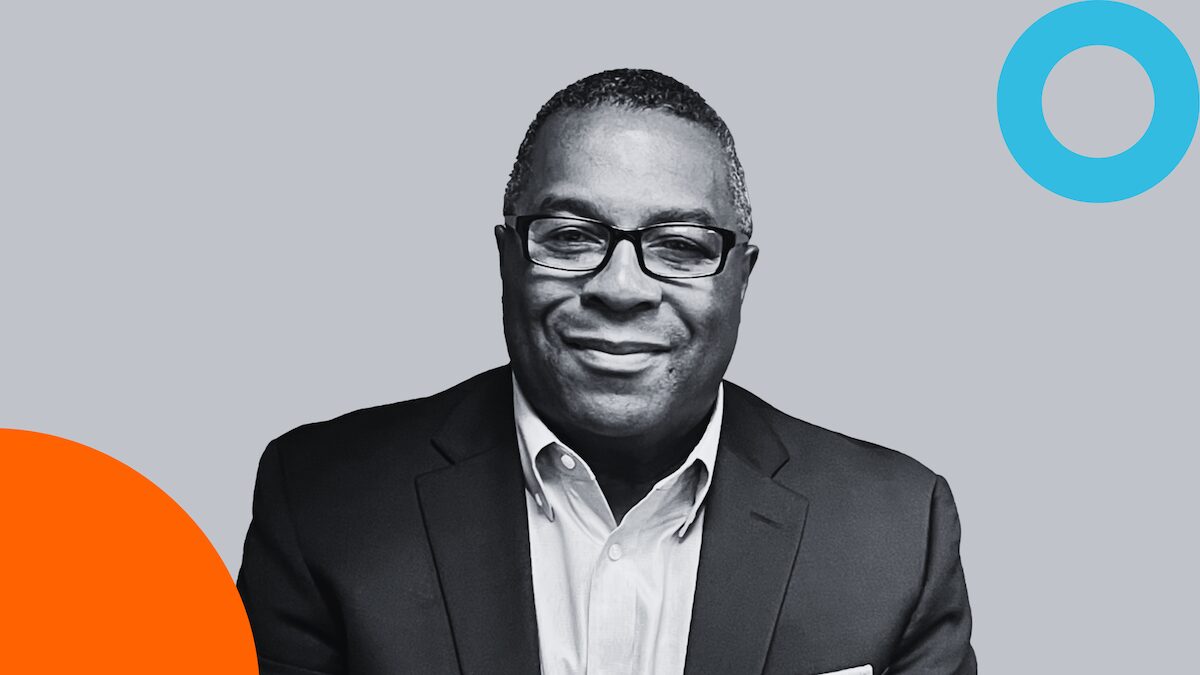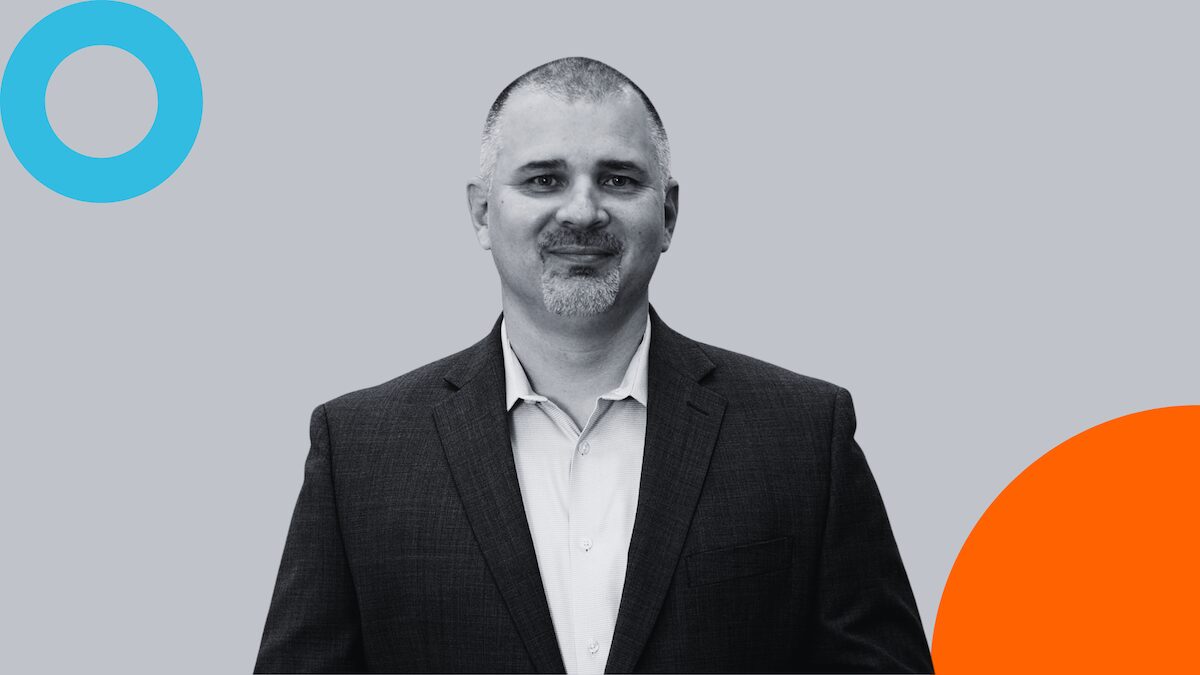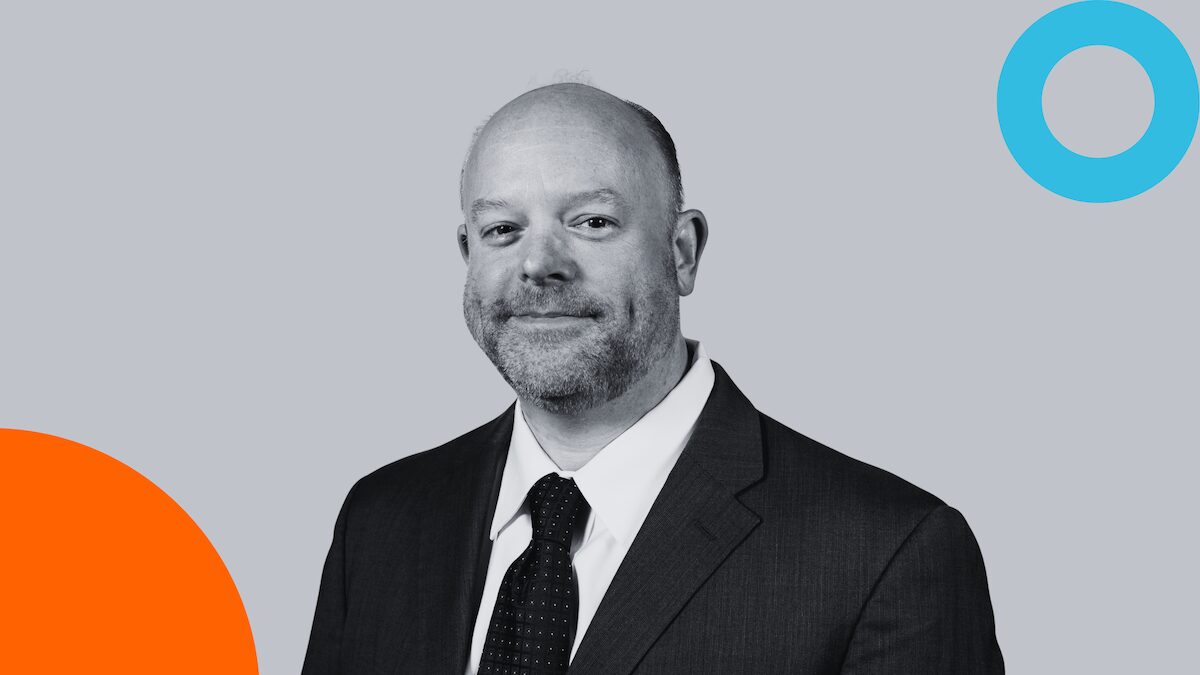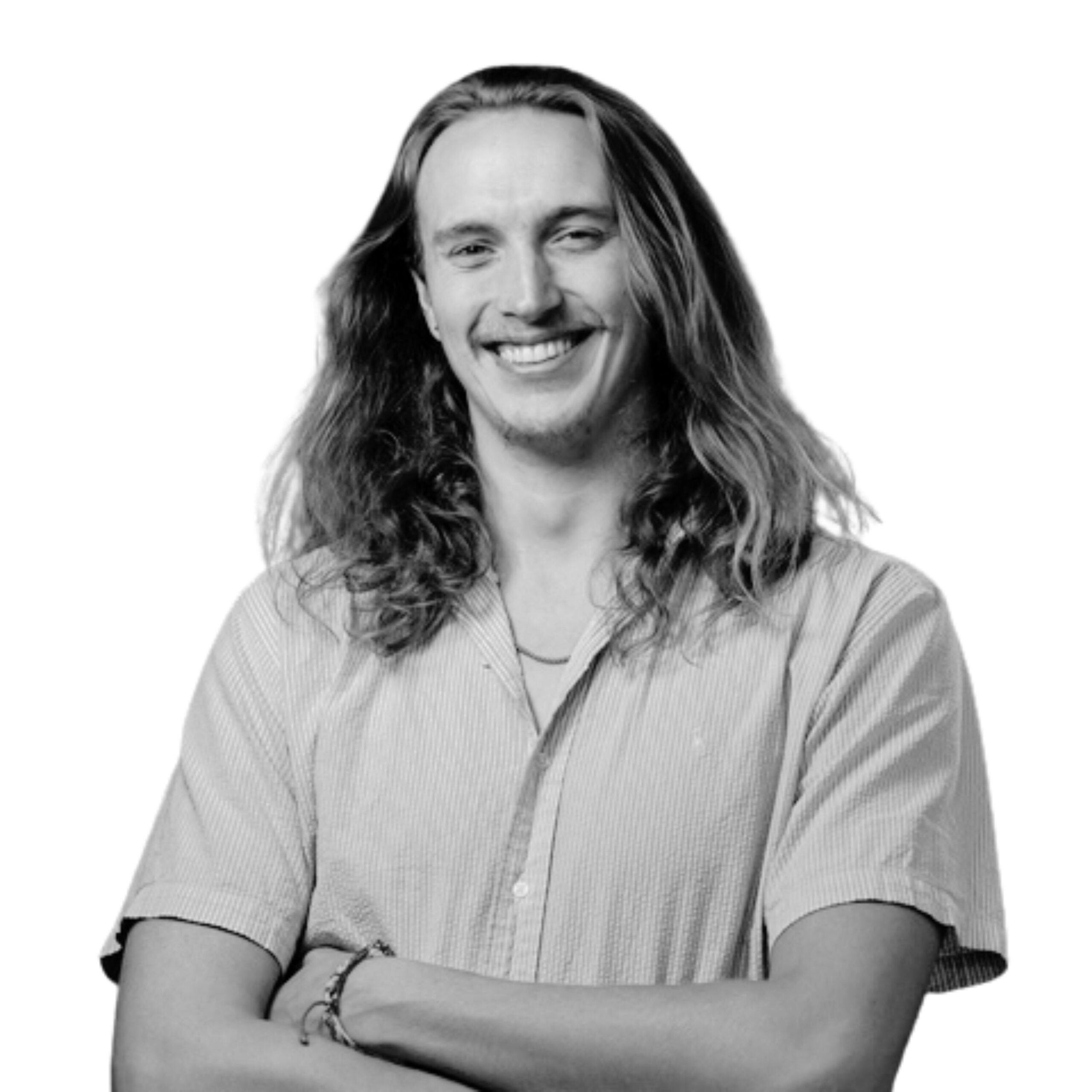As part of our Nonprofit Spotlight Series, we sat down with Nadia Soraya Kock, Executive Director of the Equitable Climate Innovations Institute (ECII). Founded with the late visionary Peter Eisenberger, ECII focuses on advancing technologies like direct air capture while ensuring equitable technology transfer between the Global North and South.
At its core, ECII isn’t just about removing CO₂ from the air—it’s about unlocking a renewable energy and materials economy that strengthens food security, supports small farmers, and addresses climate change in practical, human-centered ways.
From testing dry ice made from captured CO₂ to help Kenyan farmers reduce food loss, to building global partnerships for climate resilience, Nadia’s leadership is reshaping how nonprofit innovation can meet urgent planetary challenges.
In our conversation, Nadia shares how her background in science and film led her into nonprofit leadership, what she’s learned about governance and building effective boards, and why storytelling and mission-driven collaboration are critical to creating lasting change.
Q: Nadia, for those unfamiliar, what is the mission of the Equitable Climate Innovations Institute?
A: ECII was founded to accelerate climate technologies like direct air capture, but with a broader vision: ensuring that these innovations deliver layered benefits—not just for climate, but also for food security, energy access, and sustainable materials.
Rather than staying in the world of white papers and academic research, we wanted to demonstrate projects on the ground. One example is our work in Kenya, where we tested using CO₂ captured from the air to make dry ice. That dry ice can serve as a cold chain solution to reduce food loss—where up to 40% of harvests can be lost before reaching consumers. For smallholder farmers, saving even a portion of that produce transforms their livelihoods while also reducing methane emissions from rotting food.
Our mission is to prove that climate solutions can simultaneously solve other pressing challenges and to build bridges between the Global South and North so innovation is shared equitably.
Q: What inspired you personally to move into the nonprofit space and lead this work?
A: My journey has been nonlinear. I started in science, moved into film and storytelling, and worked in advertising. But I always felt a deep pull toward purpose-driven work. Climate change was on my mind since I was a teenager, and I kept asking: Why isn’t more being done?
When I met Peter Eisenberger, I was originally asked to consider making a documentary about his work in direct air capture. Instead, I became so inspired by his vision that I wanted to join him directly. I began interning with him, learning the landscape of climate technology, and eventually co-founded ECII alongside him.
For me, it’s always been about impact over titles or profit. Storytelling helped me translate complex science into tangible stories people could connect with—whether that’s a farmer in Kenya or a potential funder in the U.S.
Q: You mentioned storytelling. How has your background in film and communications helped in fundraising and partnership building?
A: It’s been essential. Funders and partners connect emotionally when they see the real impact—when a Kenyan farmer thanks us because they can finally preserve their harvest, that’s more powerful than any dataset.
Of course, data is important, but stories put a face on the impact. In fundraising, that human connection is often what inspires support. My film background taught me how to craft narratives, build trust, and frame the bigger picture in a way people can feel and act on.
Q: What have you learned about building and engaging a nonprofit board?
A: That it’s both an art and a discipline. At first, Peter believed in keeping the board very hands-off—coming from a tech background, he was wary of “too many cooks in the kitchen.” I, on the other hand, felt strongly that an active, engaged board is critical, especially for a nonprofit with limited resources.
Over time, he came around. I learned that boards need to be diverse in expertise (policy, technology, funding) but also aligned on mission and values. And governance matters—bylaws, succession planning, and clarity of roles are not just bureaucratic details; they’re what allow your mission to scale.
One piece of advice: don’t just fill your board with friends or family. You need people who are truly committed, available, and able to add real value.
Q: Are there particular tools or systems that have helped ECII operate more effectively?
A: We’re still a lean organization, so I’ve relied heavily on partnerships rather than large staff hires. Tools like Slack help with communication, and we use different digital platforms depending on the project. But at the heart of it, it all comes back to communication—making sure partners, board members, and stakeholders are aligned and engaged.
I always caution against over-expanding too quickly. Before hiring, ensure the structure is ready, the governance is solid, and the mission is clear. Partnerships can often achieve more in the early stages than rushing to scale staff.
Q: Your Kenya project is fascinating. What’s next for that initiative?
A: We’ve done preliminary testing and are now planning larger-scale pilots to gather more impact data—especially around carbon footprint and methane reduction. Food loss contributes significantly to methane emissions, which are up to 82 times worse than CO₂ in terms of climate impact.
The plan is to first establish the market for dry ice in Kenya, leveraging naturally occurring CO₂ from the Rift Valley. Once that’s stable, we can integrate newer direct air capture technologies. We’re already in discussions with partners like the FAO (UN Food and Agriculture Organization) and the IFC (World Bank’s private-sector arm), who see real potential in scaling this.
Q: For nonprofit leaders, what advice would you give about governance and values?
A: Set up your governance carefully from the start. Don’t treat bylaws or systems as an afterthought—they will come back to bite you if they don’t align with your mission. I personally wrote more than 50 versions of our bylaws before finalizing them.
Also, embed your values everywhere. If your name includes the word “equitable,” you must live that value in your board composition, your partnerships, and your work. Alignment between stated values and actual practice builds trust—and without trust, you can’t create lasting impact.
Q: If you had a megaphone to speak to every nonprofit leader, what would you say?
A: Remember: it’s a marathon, not a sprint. Mission-driven work is incredibly important, but it’s also demanding. Pace yourself. Stay true to your values. Build diverse partnerships. And above all, take care of yourself, because you can’t sustain impact if you burn out.
Profit alone won’t fulfill you. Purpose will.


